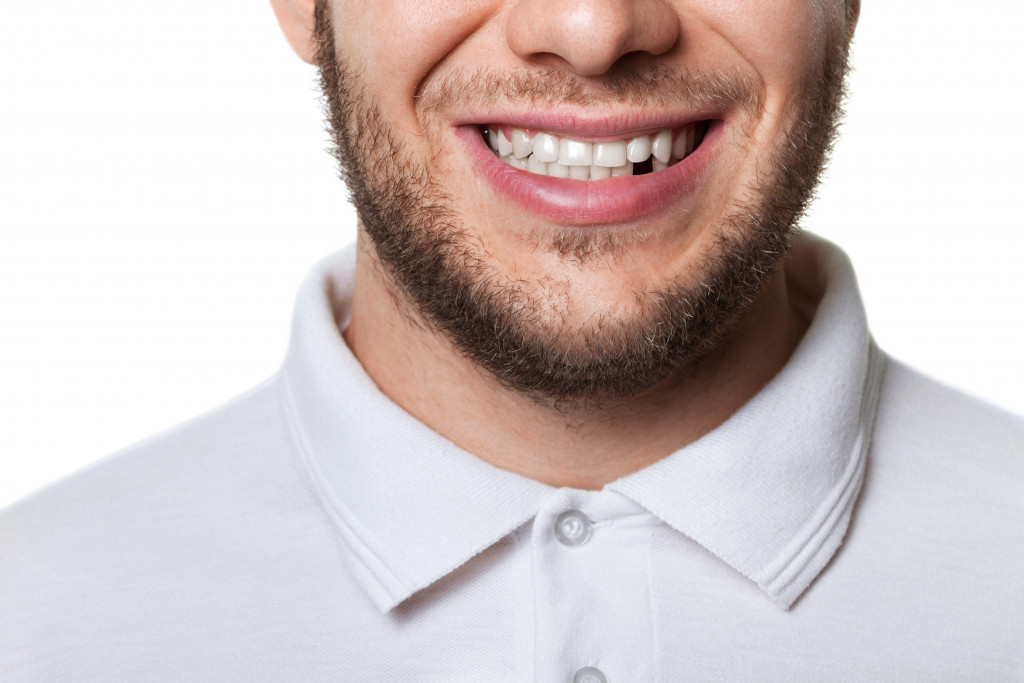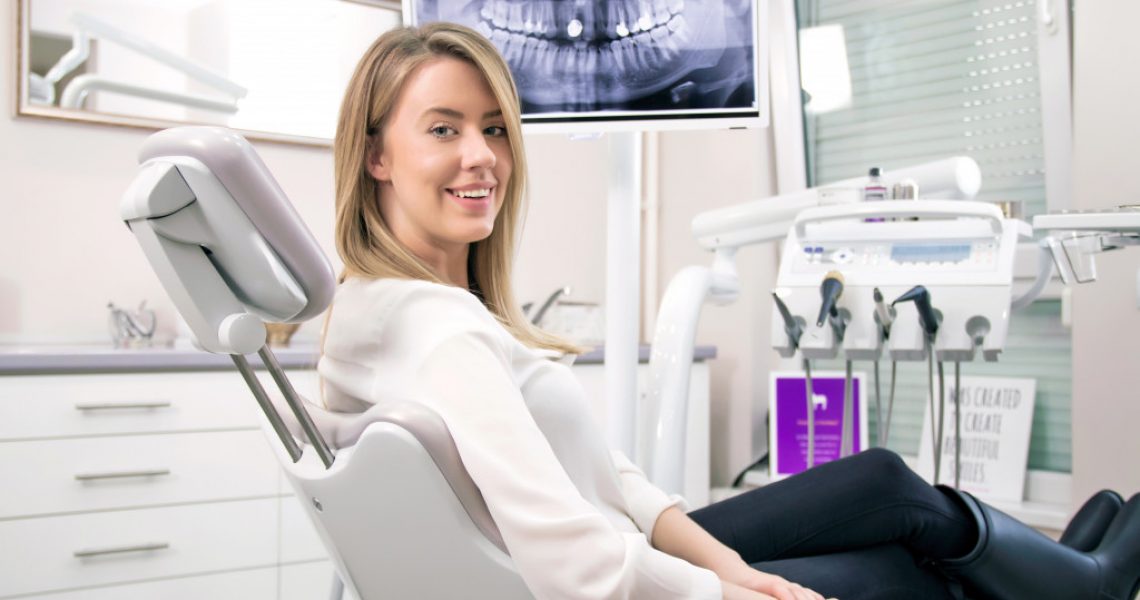Malocclusion is a misalignment of the teeth or jaws, which can impact the smile’s function and appearance. In general, malocclusion is more common in children and adolescents than adults, with estimates ranging from 39% to 93%. Treatment options vary depending on the cause and severity of the condition but may include braces, dental appliances, or surgery. Left untreated, malocclusion can lead to problems with eating, speaking, and self-esteem. As such, here are five common causes of teeth malocclusion:
Hereditary Trait
Malocclusion is a common dental problem that can be caused by genetics. Research shows that teeth malocclusion is often a hereditary trait. This means it is passed down from parents to children. The condition can cause many problems, including pain, discomfort, difficulty chewing and speaking, and an increased risk of tooth decay and gum disease. If you suspect that you may have malocclusion, you must see a dentist or orthodontist for an evaluation. With early diagnosis and treatment, many of the problems associated with malocclusion can be prevented or corrected.
Childhood Habits
One of the most common causes of malocclusion is childhood habits such as thumb sucking, lip biting, or fingernail biting. Similarly, the prolonged use of a pacifier or bottle past the age of three can also lead to malocclusion. This is because, as young children, their teeth and gums are still developing and more flexible. When teeth are pushed out of alignment by these habits, the condition typically does not become evident until the permanent teeth start to come in. If you have a child, you can prevent malocclusion from developing by addressing any of these childhood habits early. You can do so by being patient during the teething phase and working with your child to break the bad habits.
Extra or Missing Teeth
Extra teeth (supernumerary teeth) can crowd the mouth, whereas missing teeth can cause the remaining teeth to shift into empty spaces. As a result, your teeth can get misaligned, leading to the development of malocclusion. If left untreated, malocclusion can lead to more serious dental problems such as tooth decay, gum disease, and difficulty chewing or speaking. In severe cases, it can even cause jaw and facial abnormalities. That’s why you should correct malocclusions as early as possible and help prevent further problems by getting orthodontic treatment. Doing so will help you avoid not only costly dental work but also retain your oral health.

Facial Injuries
A traumatic injury to the face can damage the bones and muscles surrounding the teeth, leading to tooth malocclusion. Common cases include when the upper and lower teeth are knocked out of line when playing sports. This is why wearing a mouth guard when participating in contact sports with a risk of facial injuries, such as martial arts, football, or hockey, is so important.
Another way you can get a facial injury is through falls, accidents, or getting into a fight where you directly impact the front of your face. It’s important to always be careful and avoid any of these instances as much as possible. For example, suppose you’re riding a motorcycle. In that case, it’s essential to wear a helmet and protective gear to prevent yourself from getting injured. Or, if you might be walking through a slippery area, be sure to slow down, so you don’t slip and fall. Likewise, if you need to undergo oral surgery for a facial injury, your dentist may refer you to an orthodontist for the right treatment plan to correct any resulting teeth malocclusions.
Tumors
Tumors in the jaw or mouth can cause teeth malocclusion. They can do this by growing between the teeth and pushing them out of alignment, which can change how the teeth fit together. In some cases, tumors can cause the complete loss of a tooth. Common signs that a tumor is growing in your mouth include:
- Pain in your face.
- Rough spots in your mouth.
- Bleeding gums.
- Sores that won’t heal.
It can also be difficult to speak or eat. Depending on the tumor’s location, you may also experience difficulty controlling your facial muscles. If you notice any warning signs, you must see your dentist or doctor as soon as possible. The earlier you can get a diagnosis, the sooner you can receive treatment and avoid further health complications.
While some cases of teeth malocclusion are due to hereditary factors, it often develops over time due to childhood habits, extra or missing teeth, facial injuries, or tumors. If you’re concerned about your own teeth alignment, be sure to talk to a dentist, so they can assess the situation and recommend treatment options.

